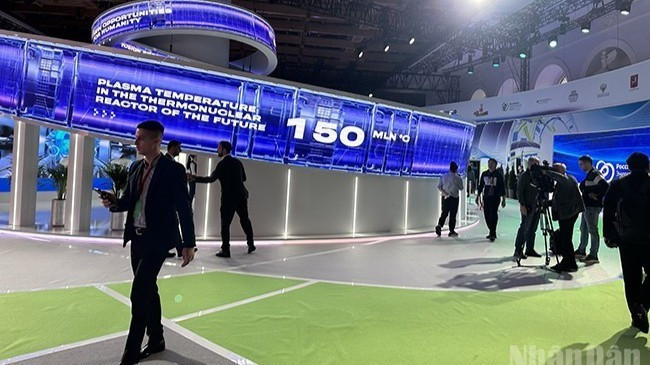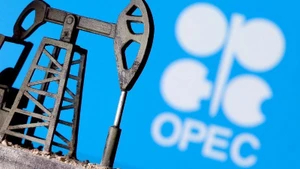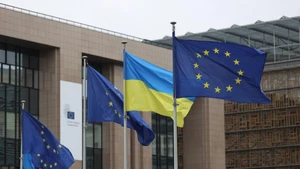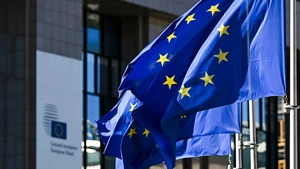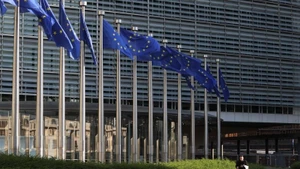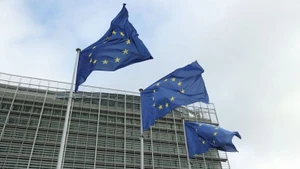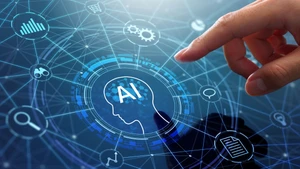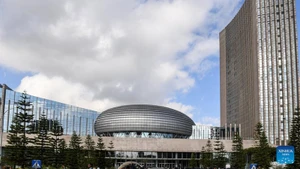As the lifeblood of the economy, electricity is indispensable for maintaining social stability, driving digital transformation and fostering sustainable growth. However, surging demand is creating significant challenges in securing supply source.
According to a recently released report by the energy company Rystad Energy, global electricity demand could rise by around 30% over the next decade. Notably, the challenge lies not only in meeting essential consumption needs, but also in powering strategic industries that cannot grow without strong, sustainable energy infrastructure. Without addressing the bottlenecks in supply and pricing, the “thirst” for electricity could deal a “fatal blow” to national economies.
The International Energy Agency (IEA) states that record-high temperatures, increased industrial activity, electrification processes and the rise of AI and data centres are among the main factors driving electricity demand upwards. In 2024, global electricity consumption grew to nearly double the annual average of the previous decade. AI, in particular, is regarded as a “game changer”.
Data centre systems, which form the backbone of AI applications, consume enormous amounts of electricity — in some cases far exceeding the generation and transmission capacity of national power grids.
IEA Executive Director Fatih Birol notes that AI has become a factor governments must consider when ensuring national energy security. Data centres currently consume around 1.5% of global electricity, and this figure is set to grow exponentially.
Confronted with this soaring demand, countries are racing to secure sufficient supply. Renewable energy development is seen as a key solution. With its vast and sustainable potential, renewable energy not only strengthens energy security but also plays a crucial role in slowing global warming — one of the drivers of rising electricity consumption. The IEA forecasts that renewables could account for around 45% of global electricity generation by 2030.
In addition, nuclear energy is increasingly viewed as part of the solution. Rafael Mariano Grossi, Director General of the International Atomic Energy Agency (IAEA), stresses that nuclear power is essential to meeting rapidly growing electricity needs in an era of AI, data centres and digital transformation. With its stability, low carbon emissions and continuous production capability, nuclear power is considered the “perfect piece” to fill the critical gap in today’s energy landscape.
Recognising this potential, many countries are accelerating nuclear power development, particularly as technologies become more advanced and safer. Designating nuclear power as a primary energy source, the Republic of Korea is prioritising next-generation nuclear reactor development. In 2024, nuclear power accounted for the largest share of the Republic of Korea’s electricity generation for the first time.
The US Department of Energy has launched a pilot programme for nuclear reactors, marking an important step in realising President Donald Trump’s vision of ensuring power supply to help the US lead the global AI race. Alongside the US and the Republic of Korea, other countries are advancing plans to harness this promising energy source. Statistics show that more than 20 countries aim to triple their nuclear power capacity by 2050, while dozens of others are developing civilian nuclear energy programmes with IAEA support.
As the global economy undergoes profound transformation, securing electricity supply is an urgent requirement for nations to maintain the lifeblood of their economies and advance modern industry.
